Chinese tea culture emerged in the Tang Dynasty. In the Song, Yuan, Ming, and Qing Dynasties, tea culture was deeply developed on the basis of inheriting the tradition, and tea-drinking customs with different characteristics and styles emerged successively, such as Jian Cha (煎茶, tea cooking), Dian Cha (点茶, tea whisking), Dou Cha (斗茶, tea tasting), and Pao Cha (泡茶, tea brewing ). With the progress of society, tea culture is developing continuously.
The rise of tea culture in the Tang Dynasty
According to historical records, as early as the Western Han Dynasty, it was common to drink and grow tea in Sichuan, China, and tea have already become an important commodity at that time. After the Six Dynasties, the trend of tea drinking rose in the south, and tea drinkers gradually increased in society.
The establishment of the unified country in the Tang Dynasty, made it possible to have regular economic and cultural exchanges between the north and the south, which laid the foundation for the further popularization of tea-drinking customs and the continued development of tea culture.
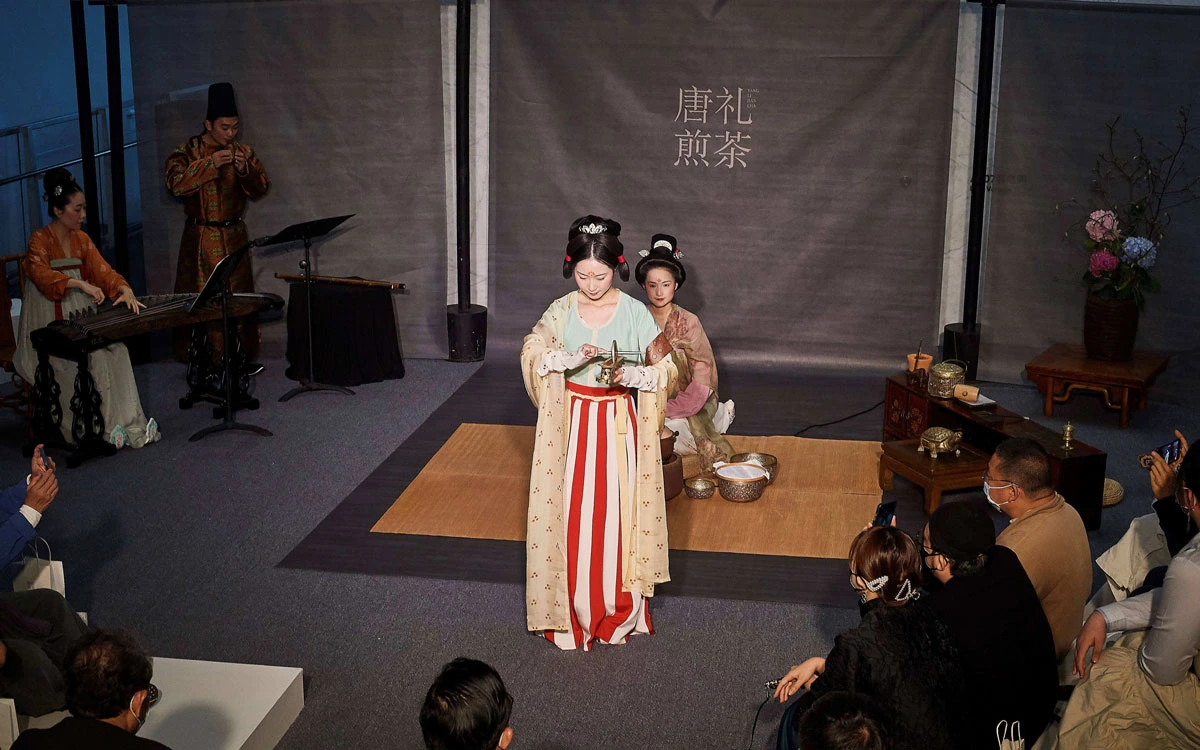
Tea drinking in China has a history of more than 4,000 years, and it was not until the Tang Dynasty that there was a real development. To be precise, it was only after the mid-Tang Dynasty that tea activities reached an unprecedented scale.
Since the Tang Kaiyuan period, almost everyone has been drinking tea. It is worth mentioning that literati at that time also had a deep relationship with tea. Poets, painters, calligraphers, musicians, there are a large number of tea lovers, such as Bai Juyi, Yan Zhenqing, Liu Zongyuan, Liu Yuxi, and others.
They not only taste tea, but also chant poems about tea, draw tea paintings, write tea books, and even participate in the cultivation of famous tea. They held tea banquets with friends, which became a unique and beautiful scenery for tea in the Tang Dynasty.
In the book "The Classic of Tea", Lu Yu comprehensively summarized the previous experience of tea in the Tang Dynasty and promoted the development of tea production and tea theory.
"The Classic of Tea" also discusses in detail how to grow tea, pick tea, choose a tea set, the heat of making tea, water, and even how to taste it. Ancient Tang people began to focus on the art of tasting tea, which is a qualitative change compared to the tea before Tang mainly as a form of medicinal or crude thirst-quenching drinking. The Tang Dynasty realized the transformation from tea as medicine and soup to tea as a drink.
In terms of tea-drinking methods, Jian Cha have prevailed in the middle of the Tang Dynasty. Lu Yu described the method of Jian Cha in the "The Classic of Tea" in detail:
- The first step is to roast the tea cakes over low heat until the tea is dry and fragrant. After the roasted tea cakes have cooled down, the tea can be ground and then sieved to obtain finer tea powder.
- The second step is to boil the water and add a pinch of salt when the water is slightly bubbling to blend the tea flavor. When the water is about to boil, scoop out a spoonful and stir gently, then add the tea powder.
- The third step is when the water is fully boiling, add the water that just scooped out to keep the temperature from getting too high.
Lu Yu divided tea drinking into several steps, which programmed the method of drinking tea and supplemented it with aesthetic ideas, thus forming a beautiful artistic conception and rhythm, and elevating tea drinking to the height of art. After the Tang Dynasty, the tea ceremony flourished, and drinking tea gradually became popular.
The revolution of tea culture in the Song Dynasty
In the Song Dynasty, tea became an indispensable item in people‘s daily life, and the customs of drinking tea penetrated into all aspects of folk life. At that time, Kaifeng and Lin'an both had a lot of tea houses.
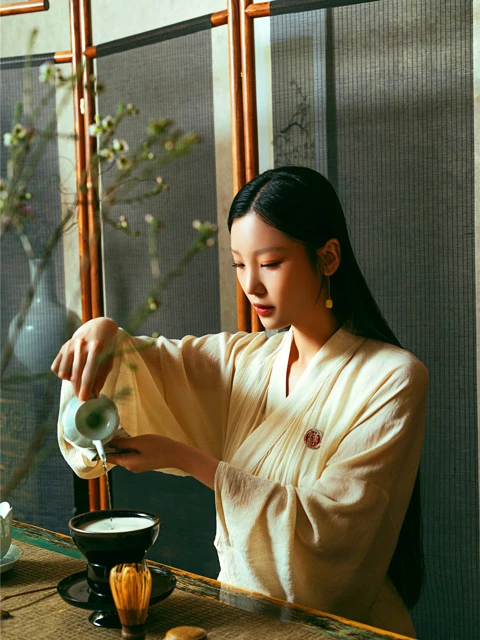
Compared with the Tang Dynasty, the tea culture in the Song Dynasty changed significantly, and the tea-drinking method developed from the original Jian Cha to a more elegant Dian Cha.
- Before tea-whisking, rinse the cups with boiling water and preheat the cups. Then crushed the tea cake into powder and then sifted into finer tea power with a sieve.
- When tea-whisking, first put the tea powder into the tea bowl, pour some boiling water, mix the tea powder, and then add the boiling water while whisking with a teaspoon.
- After the tea is soaked, if the color of the tea is milky white, the foam on the surface of the tea can be fixed on the inner wall of the cup for a long time, it can be counted as a good cup of tea.
The Song Dynasty also pursued the true fragrance and taste of tea, requiring no impurities, and paid great attention to the beauty and coordination of the tea-whisking process.
Tea drinking flourished in the Song Dynasty. From cities to villages, the royal family, nobles, literati, monks, and common people all liked tea-whisking, which also led to the development of the "Dou Cha" activity. "Dou Cha" began in the Tang Dynasty and the main purpose is to compare the tea-whisking skills and the quality of tea used.
In Jianzhou, the tea township in the Tang Dynasty, which was famous for producing tribute tea, tea farmers held competitions to evaluate the new tea products after the new tea was made. In the Song Dynasty, this kind of activity spread, the time was no longer limited, and the participants were not limited to tea farmers. The purpose was not limited to evaluating the taste of tea but also paid more attention to the evaluation of tea-whisking skills.
The development of tea culture in the Yuan and Ming Dynasties
The Yuan Dynasty was an important stage in the transformation of Chinese tea-drinking methods. After the establishment of the Yuan Dynasty, affected by the trend of drinking tea in the Central Plains, the Mongols gradually developed the habit of drinking tea.
When tea culture developed into the Ming Dynasty, epoch-making changes took place. With the simplification of tea processing methods, the drinking method of tea tends to be simplified. The drinking tea method of the Tang and Song Dynasties which has been popular for centuries has been transformed into boiling water brewed.
The great changes in the tea-drinking methods in the Ming Dynasty are directly related to the changes in the general environment. In the 24th year of Ming Hongwu (1391), the emperor Zhu Yuanzhang issued an edict to abolish tribute tea cake and change it to tribute tea leaves. This is the manifestation of Zhu Yuanzhang's inspecting the people's situation, reducing the burden on farmers, and it promotes the development of loose tea production technology.
The transformation of tea cake production to loose tea production is the process of tea production from complex to simple, which promotes the simplicity of the tea-drinking method. Later, Zhu Quan, the son of Zhu Yuanzhang, further reformed the traditional tea sets and tea art. He clearly proposed that tea drinking should simplified the tedious procedure. Influenced by the simple tea-drinking atmosphere advocated by Zhu Quan, the Yue Yin (瀹饮) method has gradually become a tea-drinking method commonly used in China so far.
The Yue Yin method is to brew leaf tea directly with boiling water. This kind of tea drinking method has promoted the progress of tea production technology in China, the variety of loose tea has increased rapidly. In addition to green tea, black tea, oolong tea, flower tea, fermented tea , and other tea have appeared and developed one after another.
Since the Ming and Qing Dynasties, this method of drinking tea has been widely accepted and has become the art of life of the whole society. It can be said that the change in this tea-drinking method is an important milestone in the development history of Chinese tea culture.
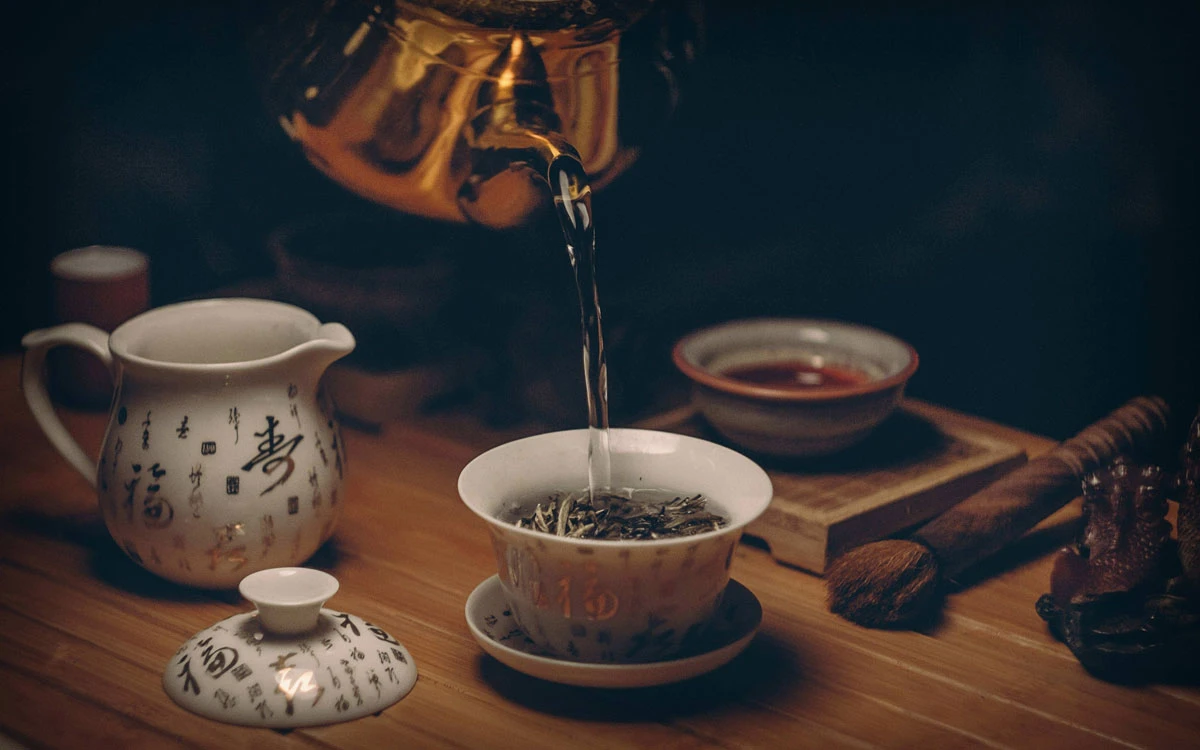
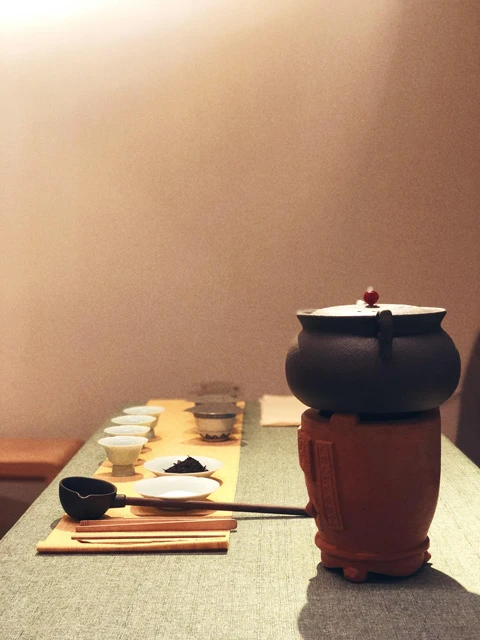
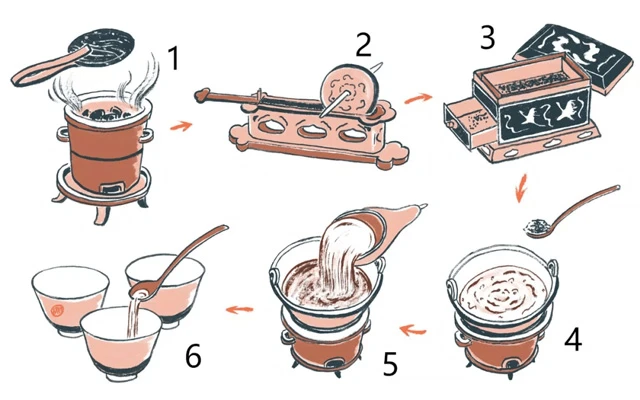
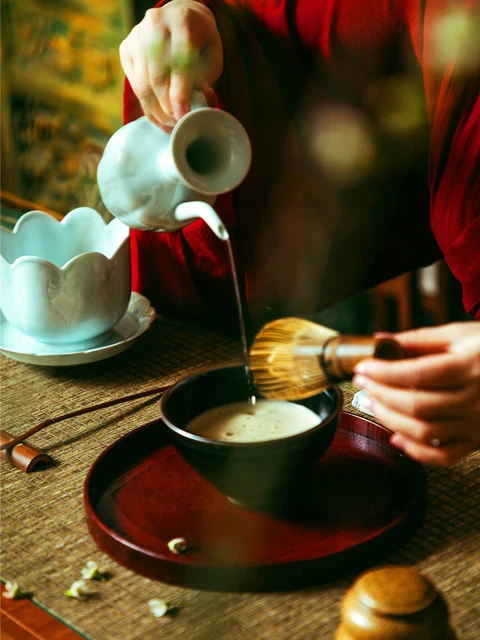
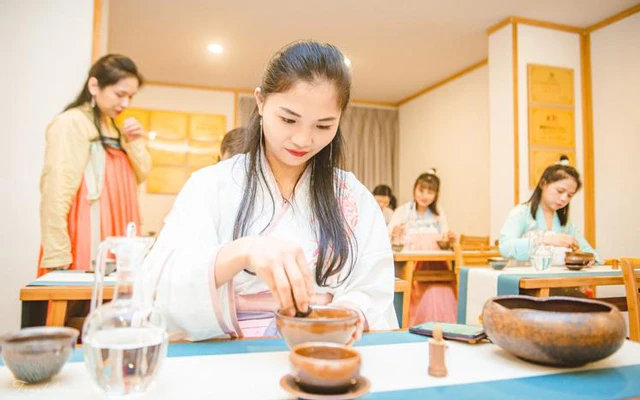
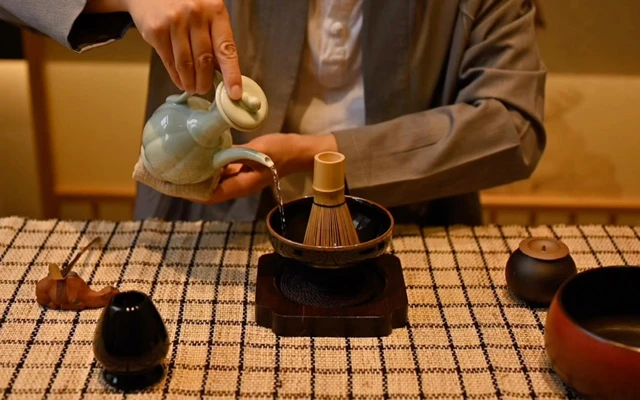
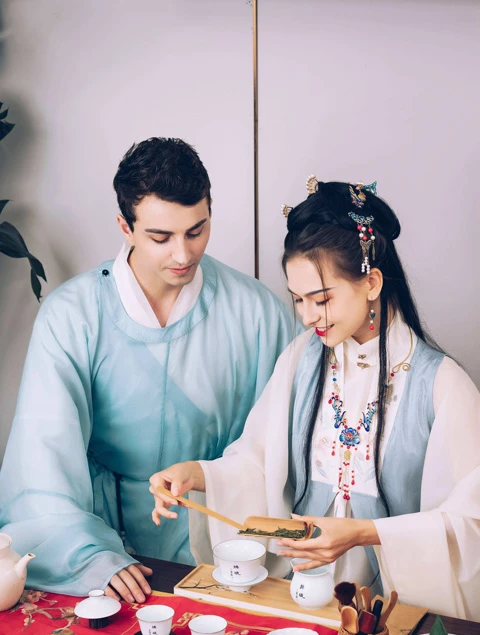
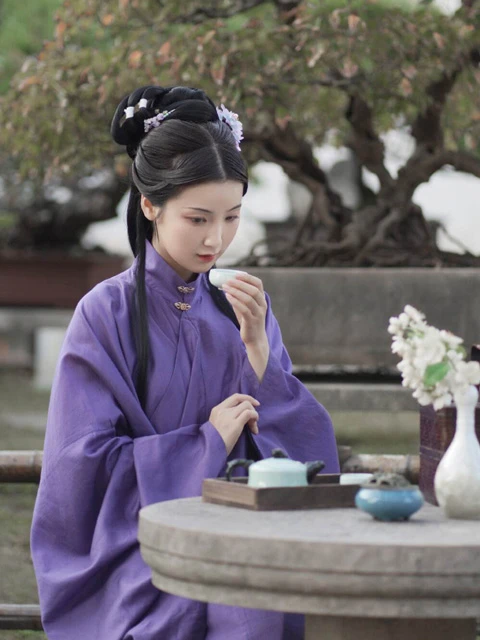
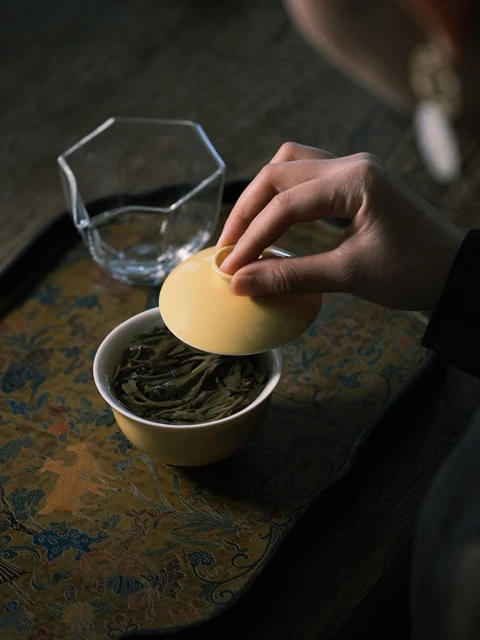

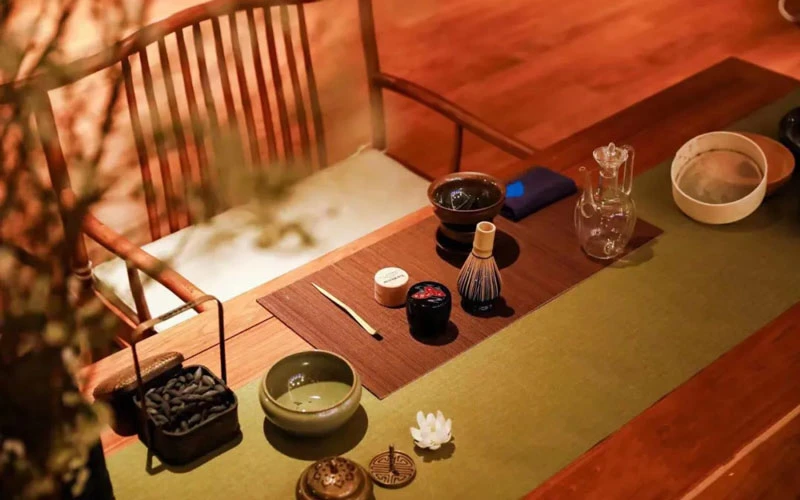
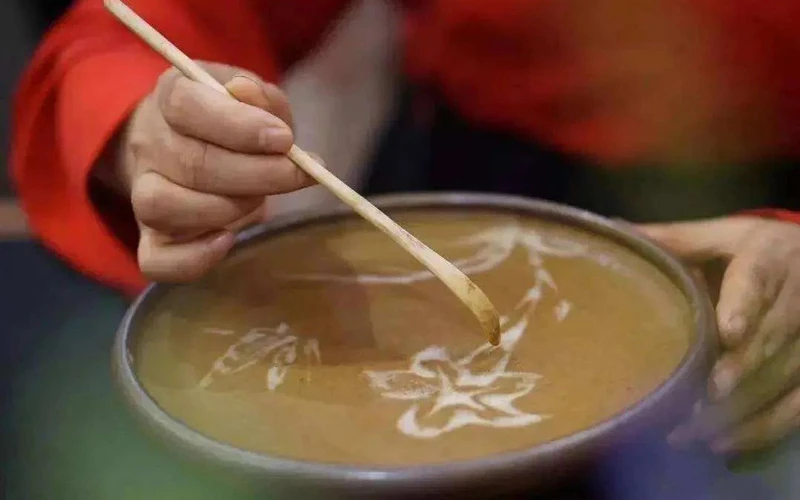

😍
Aku melihat dalam drama wuxia cara menyajikan teh begitu unik
Terimakasih artikelnya
Very interesting. I always wanted to know!
😍😍😍